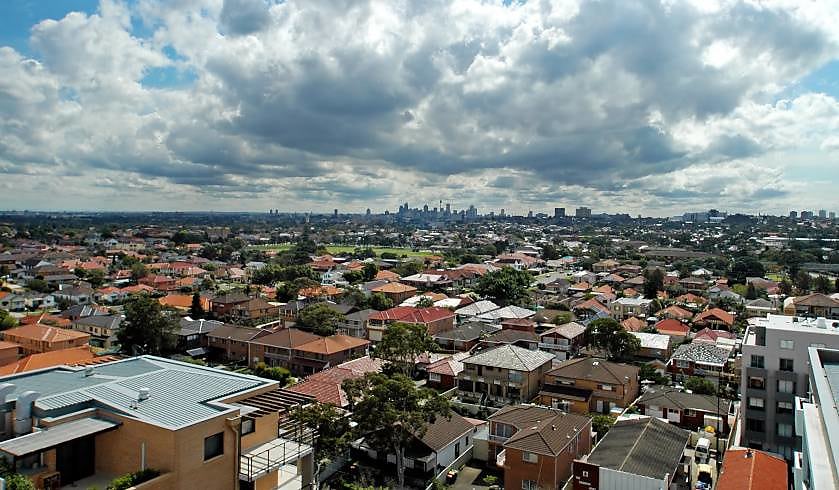Refinances reach a new record: ABS
The value of owner-occupier home loan refinances tipped $13 billion in February 2023, as rate rises weigh on mortgage holders.

On Monday (3 April), the Australian Bureau of Statistics (ABS) released its new housing loan commitments data for February 2023, and revealed that the value of owner-occupier housing loan refinances between lenders rose 3.5 per cent for the month.
You’re out of free articles for this month
To continue reading the rest of this article, please log in.
Create free account to get unlimited news articles and more!
The increase in owner-occupied refinances marked a “new record high of $13.6 billion”, as borrowers switch lenders in search of lower interest rates as the Reserve Bank of Australia (RBA) continues to hike the cash rate.
Total housing refinances reached $19.9 billion (up 2.7 per cent), marking a 22.6 per cent increase compared to a year ago, of this investor housing lifted 1 per cent to $6.3 billion.
The data comes ahead of the central bank’s monetary policy decision Tuesday (4 April), where there are growing expectations the RBA could pause another cash rate hike as inflation figures fell for the second consecutive month to 6.8 per cent, in February.
The latest 25-basis-point (bp) increase to the cash rate in March 2023 took the cash rate to 3.6 per cent.
While refinances continue to increase on the back of rate rises, the total value of new loan commitments for housing fell 0.9 per cent to $22.6 billion in February 2023 (seasonally adjusted), after a revised fall of 2.4 per cent in January.
The value of new owner-occupier loan commitments fell 1.2 per cent to $15 billion in February 2023, while the value of new investor loan commitments fell 0.5 per cent to $7.6 billion.
Given the volatility in the construction industry, the value of new loan commitments for the construction of dwellings dropped 7 per cent for the month to $1.57 billion, while the purchase of newly erected dwellings lifted 0.6 per cent.
ABS head of finance and wealth Dane Mead said: “Housing finance continued to decline from the record highs in January 2022, with the total value of new loan commitments falling 33 per cent since then.”
Since the record-low interest rates in 2021, which saw a huge increase in borrowers fixing interest rates, fixed-rate loan commitments have continued to fall from their peak in July 2021 at $26.2 billion to $2.1 billion.
First home buyers lending falls
Meanwhile, the number of new owner-occupier first home buyer loan commitments fell 3.5 per cent in February 2023, after a revised fall of 4.6 per cent in January.
“Owner-occupier first home buyer lending continued to decline from the high reached in January 2021, to the lowest level seen since May 2017,” Mr Mead said.
Master Builders Australia chief economist Shane Garrett added it was “particularly concerning” that the volume of first home buyer loans had fallen so sharply over the past 18 months.
“First home buyers now account for less than one-third of home acquisition loans. The high cost of creating new homes makes it much more difficult for our industry to deliver at the appropriate price point for first home buyers.”
“Taxes like stamp duty also act as a huge financial impediment for those wishing to own a home for the first time,” said Mr Garrett.
Home building approvals tick up
The ABS also released its home building approvals data for February 2023 revealing a 4 per cent increase in the number of new homes approved for the month (up 12,661 homes), with the value of total buildings increasing by 19.7 per cent.
Private sector detached homes drove the increase, with a gain of 11.3 per cent during the month. However, higher density home building approvals retreated again with a 9.5 per cent decline during February.
Mr Garrett said the volume of new approvals of higher density homes was at its lowest in over a decade.
“The output of new higher density homes has been depressed since before the pandemic.”
